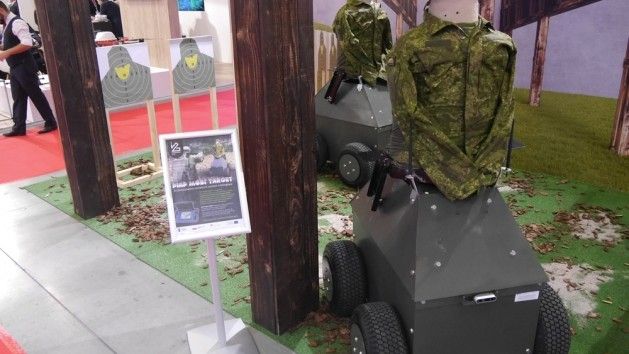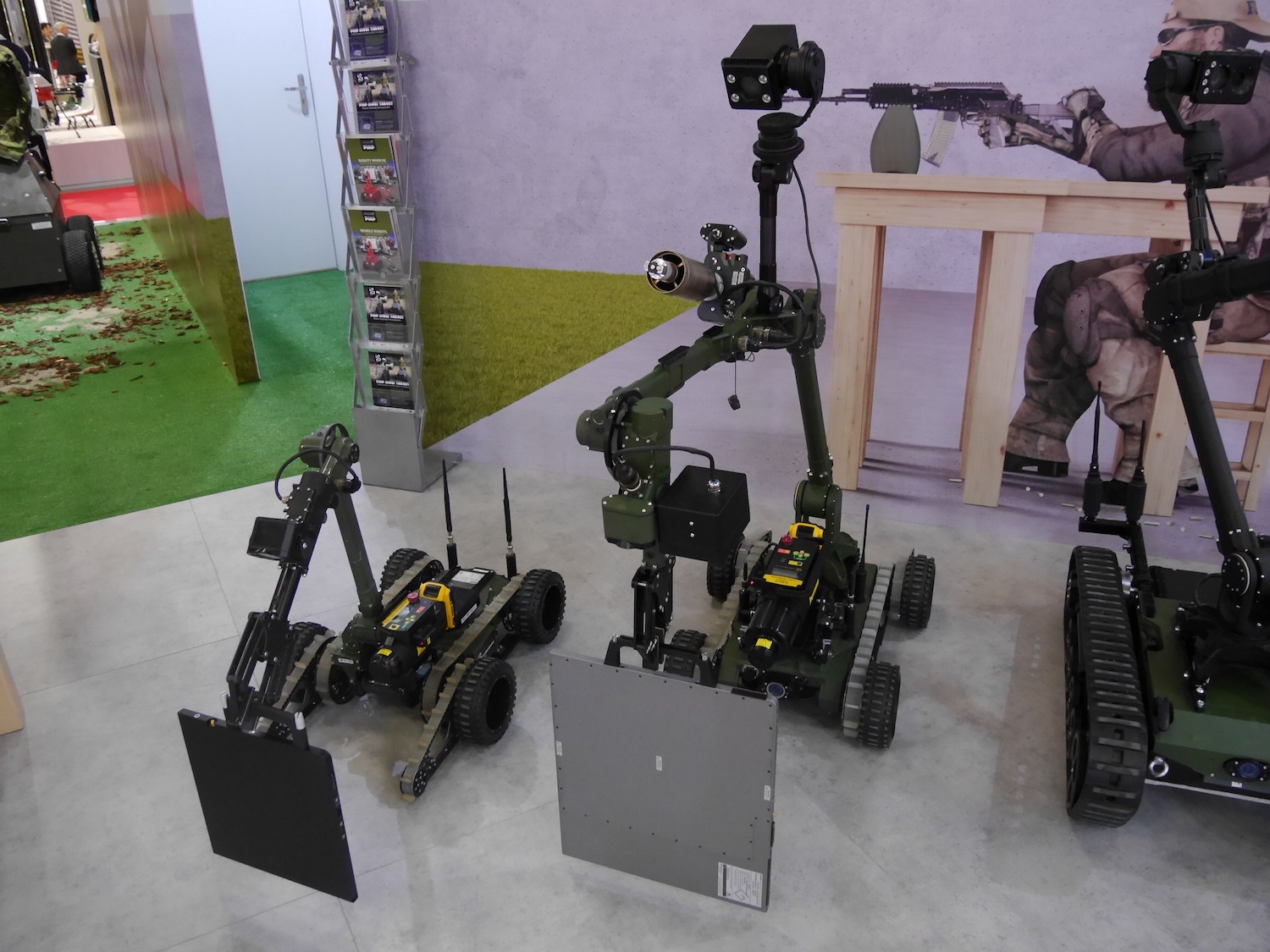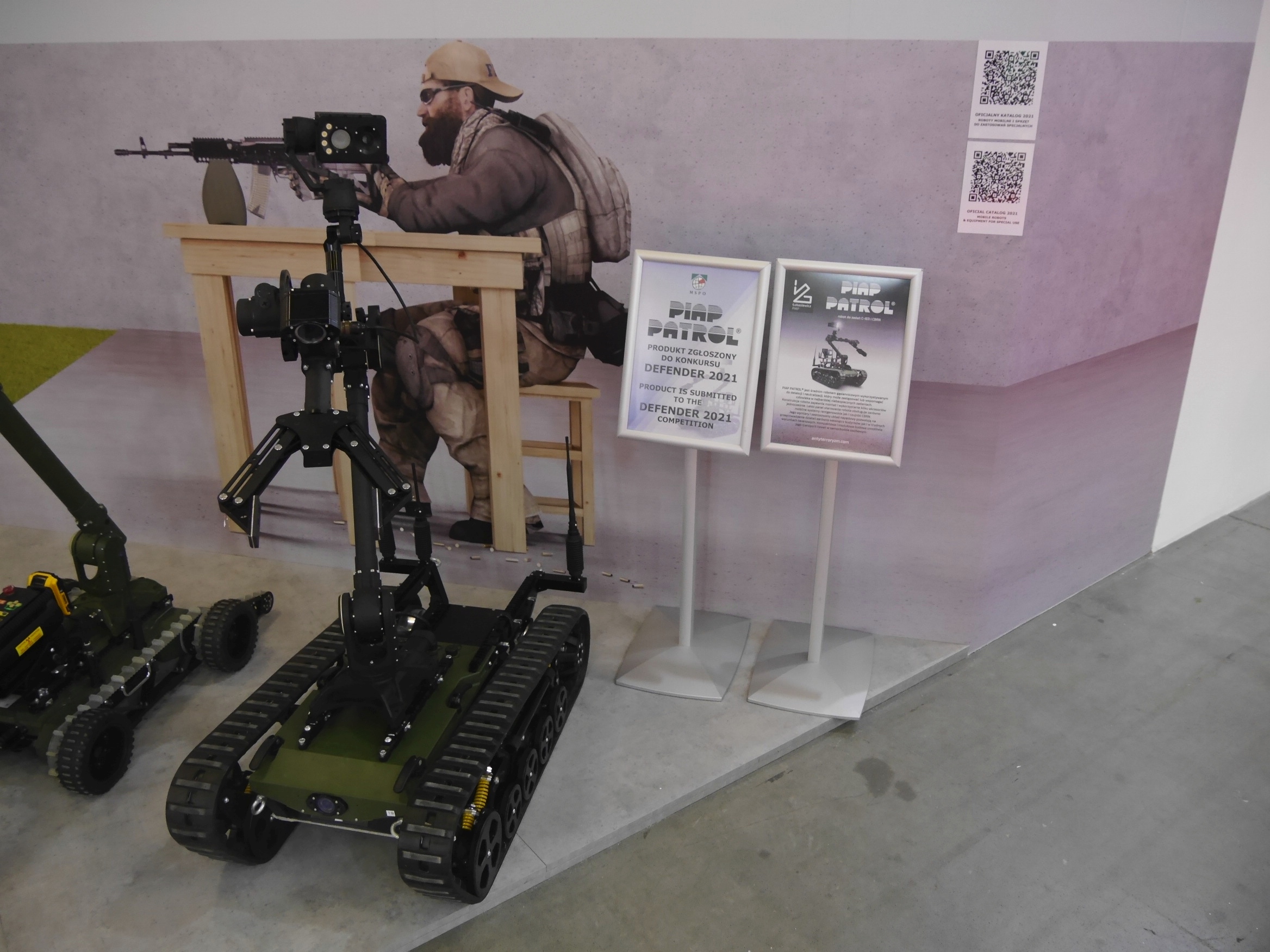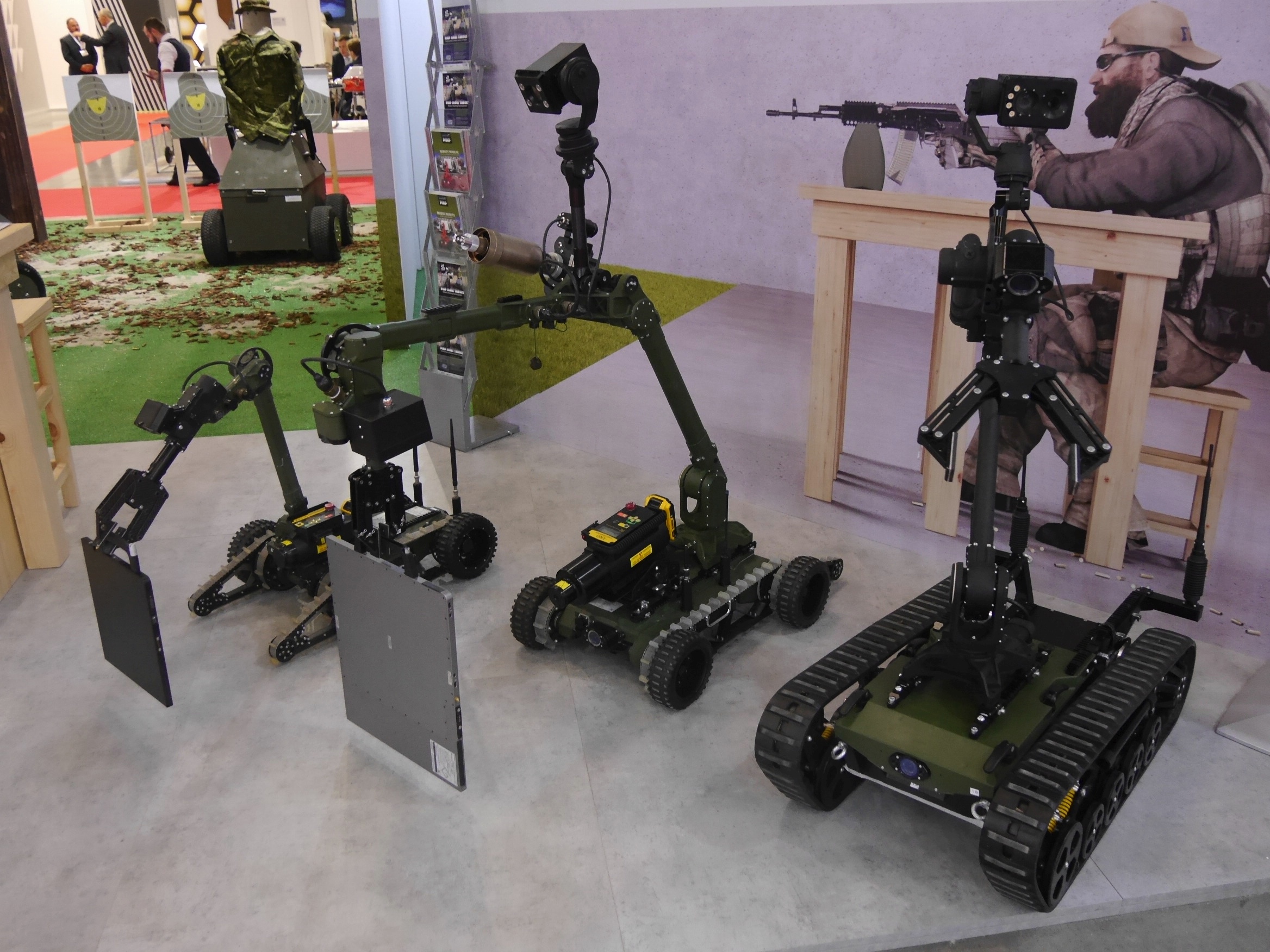Industry
MSPO 2021: Polish Robot Technologies Enhancing Marksmanship Training

ŁUKASIEWICZ Research Network – Industrial Research Institute for Automation and Measurements [PIAP] is showcasing its offer in robotics, during the MSPO event in Kielce. Robotized marksmanship training system has been showcased publicly for the first time in Kielce. It was developed with the armed forces and uniformed services in mind.
The system has been developed within the framework of a project co-financed by the National Centre For Research and Development. The main goal of the project was/is to develop a product named “System of smart, mobile shooting range targets, with an advanced hit detection system and modern, composite protective armour, named MOBI-TARGET”. The design has been developed to carry out training for soldiers and uniformed services, as well as security detail, sports shooters, or civil customer.
The main objective adopted by the designers was to limit the cost associated with the use and introduction of the system. To achieve that goal, it was decided to minimize the infrastructure requirements and enhance the mobility of the system - in both operational and transport settings. Thanks to the modular architecture, the system may be custom-configured and is also user-scalable, to meet the requirements. This decreases the necessity to carry out any changes to the shooting range’s setup. The advantages of the system include mobility, the ability to move quickly, and full independence from the existing communications infrastructure.
The system consists of a mobile unmanned platform, operator’s station with a training interface, and a radio relay. The self-propelled mobile platforms may feature holders for paper targets or a lifting system for a 3D mannequin. The platform itself may move using 3 modes: manual control, pre-planned path, and autonomously, between the selected waypoints. The operator may design a variety of training scenarios, and monitor and observe the progress. The precision location control software ensures the safety of use, with the movement patterns being consistent, at full speed.
The simplest variant of the system may consist of a single unmanned platform with a paper target. More advanced configurations may consist of several, cooperating platforms, with 3D targets. The individual unmanned platforms may work in a group setting, in the direct vicinity, and around obstacles. The range of 1,200 meters makes it possible to use the system in sniper training as well, at longer distances. Furthermore, the system may work in the daytime, and night settings, in light and medium-rough terrain, and in adverse weather conditions.

Łukasiewicz-PIAP also showcases the LOGOS Imaging STENOS X-Ray system in Kielce. The design has been integrated into the latest variant of the PIAP GRYF robot, combined with the RDS/CSL VIPER disruptor system. STENÓS is a light and reliable panel, that does not use any glass, used for the direct collection of digital X-ray imagery. PIAP is also showcasing the latest version of the PIAP FENIX backpack reconnaissance robot, and the medium tracked PIAP PATROL tracked robot - nominated to receive the DEFENDER award.

The latter has been designed to detect CBRN threats and carry out C-IED tasks. PIAP Patrol exhibits good mobility, thanks to the properties of the tracked platform. It can be equipped with a disruptor, shotgun, or a suite of CBRN sensors. The robot has also been integrated with the portable Logos Imaging X-ray system. The robot may also be controlled via a digital control panel that is common for other Łukasiewicz - PIAP robots - including PIAP Fenix and PIAP Gryf.

Article written in collaboration with ŁUKASIEWICZ-PIAP
